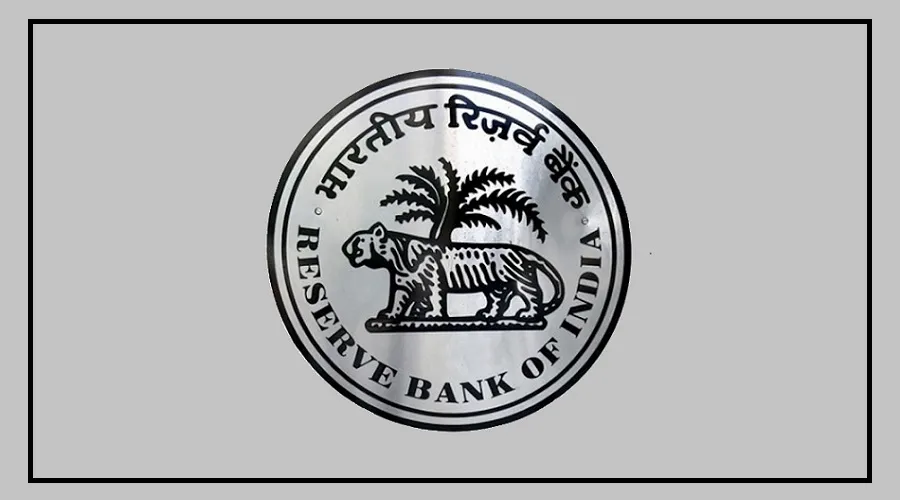The RBI kept the repo rate unchanged in its August 6 monetary policy, which disappointed many home loan borrowers.
However, the central bank has already reduced the repo rate by 1% (100 basis points) this year, which has brought some relief.
As a result, EMIs have already come down slightly. Still, many borrowers are hoping for further reduction in their monthly payments.
But even without a new repo rate cut, experts say you can still lower your home loan EMI by using a few smart options.
Option 1: Internal Balance Transfer (Conversion within the same bank)
Your first step should be to talk to your existing bank or NBFC about lowering the interest rate. This is called an internal balance transfer or conversion. It’s one of the easiest and fastest methods.
No property revaluation required
Minimal paperwork
Quick processing
However, it usually comes with a switch fee, which can range from 0.25% to 0.5% of the outstanding loan amount. Some banks may also charge a flat processing fee.
Option 2: Transfer Balance to Another Bank
The second method is to refinance your loan by transferring the remaining balance to another bank that offers a lower interest rate.
This option can reduce your EMI further, but:
It involves more paperwork
You’ll need to submit new documents
Your property will be revalued
Legal and technical checks are done
You may have to pay additional charges
Because of these hassles, many people avoid refinancing.
When Is Transferring the Loan Beneficial?
According to experts, transferring your loan to a new bank only makes sense if the interest rate difference is 0.75% or more. If it’s just 0.25–0.5%, then it’s not worth the trouble.
If your current bank agrees to reduce the rate after charging a small conversion fee, it’s better to stick with your existing lender—especially because, in the later years of a loan, most of your EMI goes toward the principal and not interest.
In Early Loan Years, Interest Is the Bigger Portion
Sanjeev Govila, CEO and Certified Financial Planner at Hum Fauji Initiative, says:
This is why it makes more sense to shift or convert your loan in the first half of the tenure.
Use a Hybrid Strategy
If your bank allows the balance transfer or interest rate reduction, you have two main options:
Reduce your EMI amount – This frees up money that you can use elsewhere.
Shorten your loan tenure – This helps you repay the loan faster.
Many borrowers use a hybrid strategy—they reduce the EMI a bit and also reduce the loan term. This way, they get some monthly savings while also finishing the loan earlier.
Even without a repo rate cut, smart planning and negotiations with your bank can help you lower your home loan EMI and save a significant amount in the long run.
























